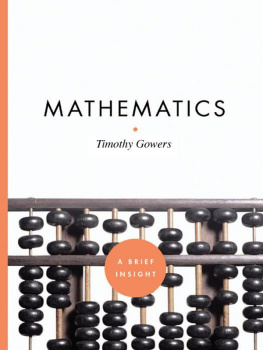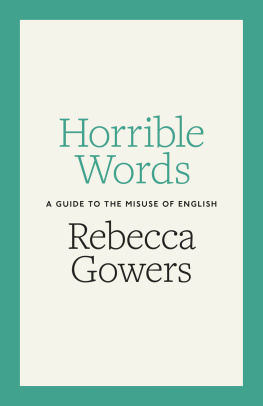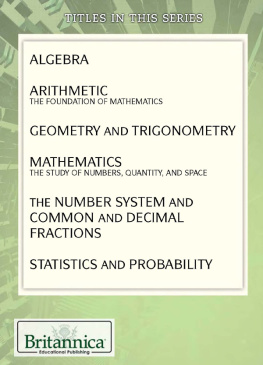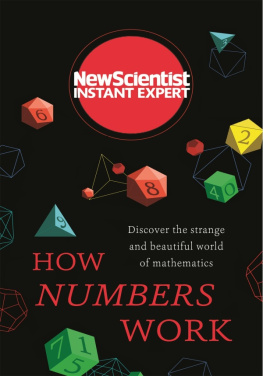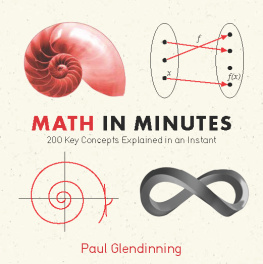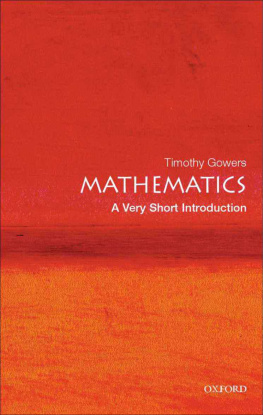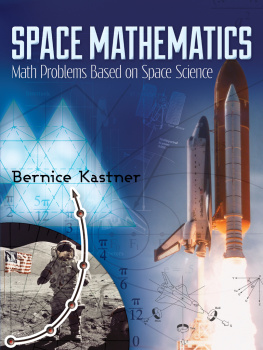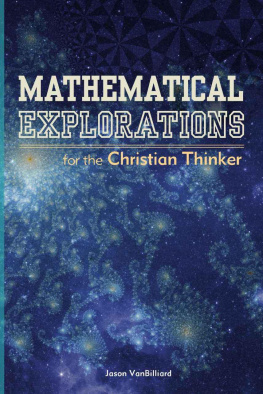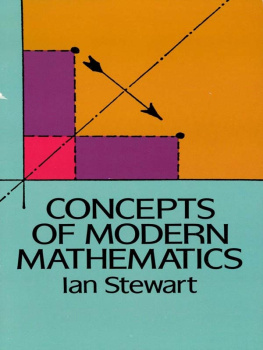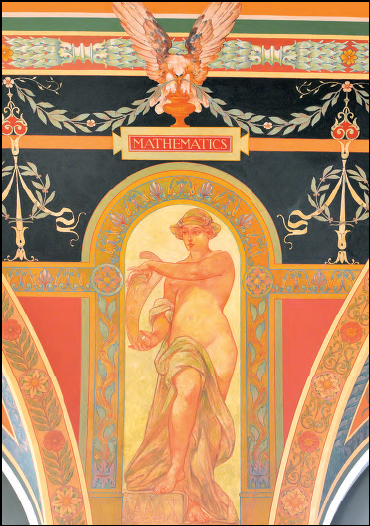
MATHEMATICS

Timothy Gowers


New York / London
www.sterlingpublishing.com
STERLING and the distinctive Sterling logo are registered trademarks of
Sterling Publishing Co., Inc.
Library of Congress Cataloging-in-Publication Data Available
10 9 8 7 6 5 4 3 2 1
Published by Sterling Publishing Co., Inc.
387 Park Avenue South, New York, NY 10016
Published by arrangement with Oxford University Press, Inc.
2002 by Timothy Gowers
Illustrated edition published in 2010 by Sterling Publishing Co., Inc.
Additional text 2010 Sterling Publishing Co., Inc.
Distributed in Canada by Sterling Publishing
c/o Canadian Manda Group, 165 Dufferin Street
Toronto, Ontario, Canada M6K 3H6
Book design: The DesignWorks Group
Please see picture credits on page 179 for image copyright information.
Printed in China
All rights reserved
Sterling ISBN 978-1-4027-6897-2
For information about custom editions, special sales, premium and
corporate purchases, please contact Sterling Special Sales
Department at 800-805-5489 or .
Frontispiece: Artist Walter Shirlaws mural in the Library of Congresss Thomas Jefferson Building, depicts Mathematics as a statuesque woman holding a scroll.
CONTENTS
EARLY IN THE TWENTIETH CENTURY, the great mathematician David Hilbert noticed that a number of important mathematical arguments were structurally similar. In fact, he realized that at an appropriate level of generality they could be regarded as the same. This observation, and others like it, gave rise to a new branch of mathematics, and one of its central concepts was named after Hilbert. The notion of a Hilbert space sheds light on so much of modern mathematics, from number theory to quantum mechanics, that if you do not know at least the rudiments of Hilbert space theory then you cannot claim to be a well-educated mathematician.
What, then, is a Hilbert space? In a typical university mathematics course it is defined as a complete inner-product space. Students attending such a course are expected to know, from previous courses, that an inner-product space is a vector space equipped with an inner product, and that a space is complete if every Cauchy sequence in it converges. Of course, for those definitions to make sense, the students also need to know the definitions of vector space, inner product, Cauchy sequence, and convergence. To give just one of them (not the longest): a Cauchy sequence is a sequence x1, x2, x3, such that for every positive number there exists an integer N such that for any two integers p and q greater than N the distance from xp to xq is at most .
In short, to have any hope of understanding what a Hilbert space is, you must learn and digest a whole hierarchy of lower-level concepts first. Not surprisingly, this takes time and effort. Since the same is true of many of the most important mathematical ideas, there is a severe limit to what can be achieved by any book that attempts to offer an accessible introduction to mathematics, especially if it is to be very short.
Instead of trying to find a clever way around this difficulty, I have focused on a different barrier to mathematical communication. This one, which is more philosophical than technical, separates those who are happy with notions such as infinity, the square root of minus one, the twenty-sixth dimension, and curved space from those who find them disturbingly paradoxical. It is possible to become comfortable with these ideas without immersing oneself in technicalities, and I shall try to show how.
If this book can be said to have a message, it is that one should learn to think abstractly, because by doing so many philosophical difficulties simply disappear. I explain in detail what I mean by the abstract method in , in which I discuss what is meant by a rigorous proof, are about mathematics in general.
Thereafter, I discuss more specific topics. The last chapter is more about mathematicians than about mathematics and is therefore somewhat different in character from the others. I recommend reading before the later ones, but apart from that the book is arranged as unhierarchically as possible: I shall not assume, toward the end of the book, that the reader has understood and remembered everything that comes earlier.
Very little prior knowledge is needed to read this booka senior-level high school course or its equivalent should be enoughbut I do presuppose some interest on the part of the reader rather than trying to drum it up myself. For this reason I have done without anecdotes, cartoons, exclamation marks, jokey chapter titles, or pictures of the Mandelbrot set. I have also avoided topics such as chaos theory and Gdels theorem, which have a hold on the public imagination out of proportion to their impact on current mathematical research, and which are in any case well treated in many other books. Instead, I have taken more mundane topics and discussed them in detail in order to show how they can be understood in a more sophisticated way. In other words, I have aimed for depth rather than breadth, and have tried to convey the appeal of mainstream mathematics by letting it speak for itself.
I would like to thank the Clay Mathematics Institute and Princeton University for their support and hospitality during part of the writing of the book. I am very grateful to Gilbert Adair, Rebecca Gowers, Emily Gowers, Patrick Gowers, Joshua Katz, and Edmund Thomas for reading earlier drafts. Though they are too intelligent and well informed to count as general readers, it is reassuring to know that what I have written is comprehensible to at least some non-mathematicians. Their comments have resulted in many improvements. To Emily, I dedicate this book, in the hope that it will give her a small idea of what it is I do all day.
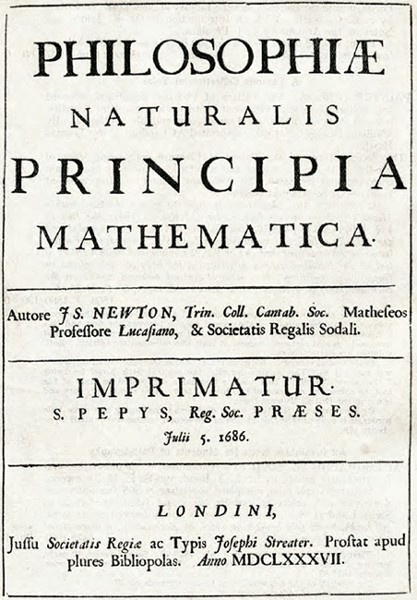
Sir Isaac Newtons 1687Philosophiae Naturalis Principia Mathematica (Mathematical Principles of Natural Philosophy) revealed the principles of Newtonian physics and made use of calculus, which was developed simultaneously, and independently, by Newton and Gottfried Leibniz.

How to Throw a Stone
SUPPOSE THAT YOU ARE STANDING ON level ground on a calm day, and have in your hand a stone which you would like to throw as far as possible. Given how hard you can throw, the most important decision you must make is the angle at which the stone leaves your hand. If this angle is too flat, then although the stone will have a large horizontal speed it will land quite soon and will therefore not have a chance to travel very far. If on the other hand you throw the stone too high, then it will stay in the air for a long time but without covering much ground in the process. Clearly some sort of compromise is needed.
The best compromise, which can be worked out using a combination of Newtonian physics and some elementary calculus, turns out to be as neat as one could hope for under the circumstances: the direction of the stone as it leaves your hand should be upwards at an angle of 45 degrees to the horizontal. The same calculations show that the stone will trace out a parabolic curve as it flies through the air, and they tell you how fast it will be traveling at any given moment after it leaves your hand.
Next page
